1 min read
Aiden Adams: Thank You
When I joined Indigenous Corporate Training Inc. (ICT) last year, I was a determined Camosun College student pursuing a Business Administration...

1 min read
When I joined Indigenous Corporate Training Inc. (ICT) last year, I was a determined Camosun College student pursuing a Business Administration...
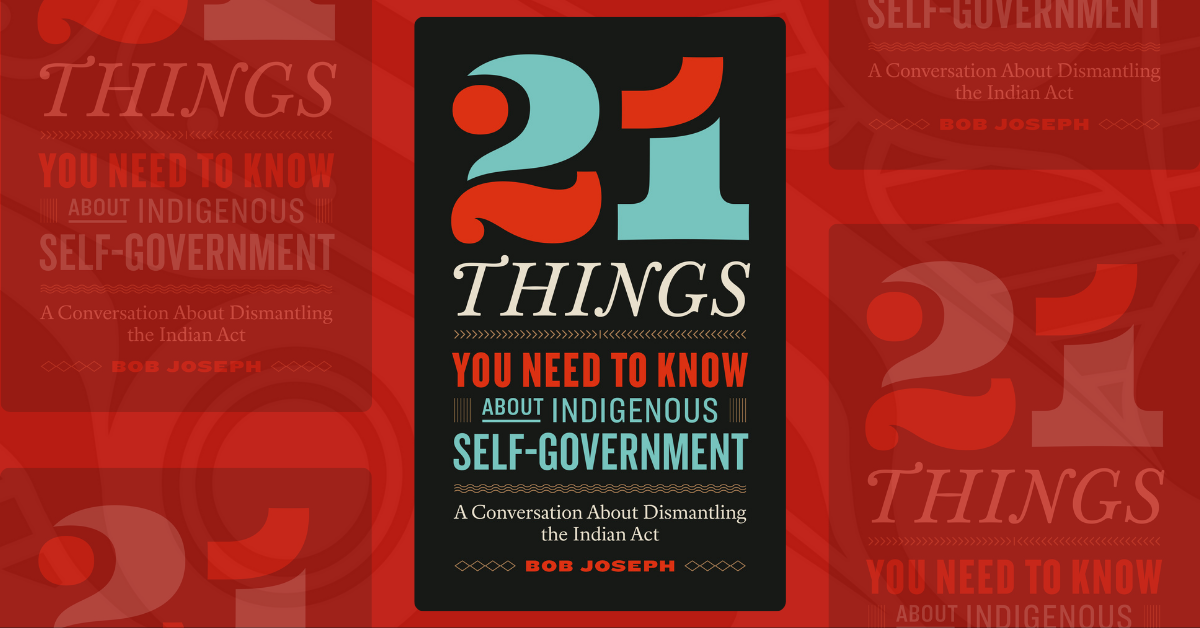
2 min read
While writing my new book, 21 Things™ You Need to Know About Indigenous Self-Government, many people asked me, “why this book and why now?” The...

5 min read
Education is considered a human right in Canada. Yet, while Canada has one of the world's highest levels of educational attainment, the graduation...
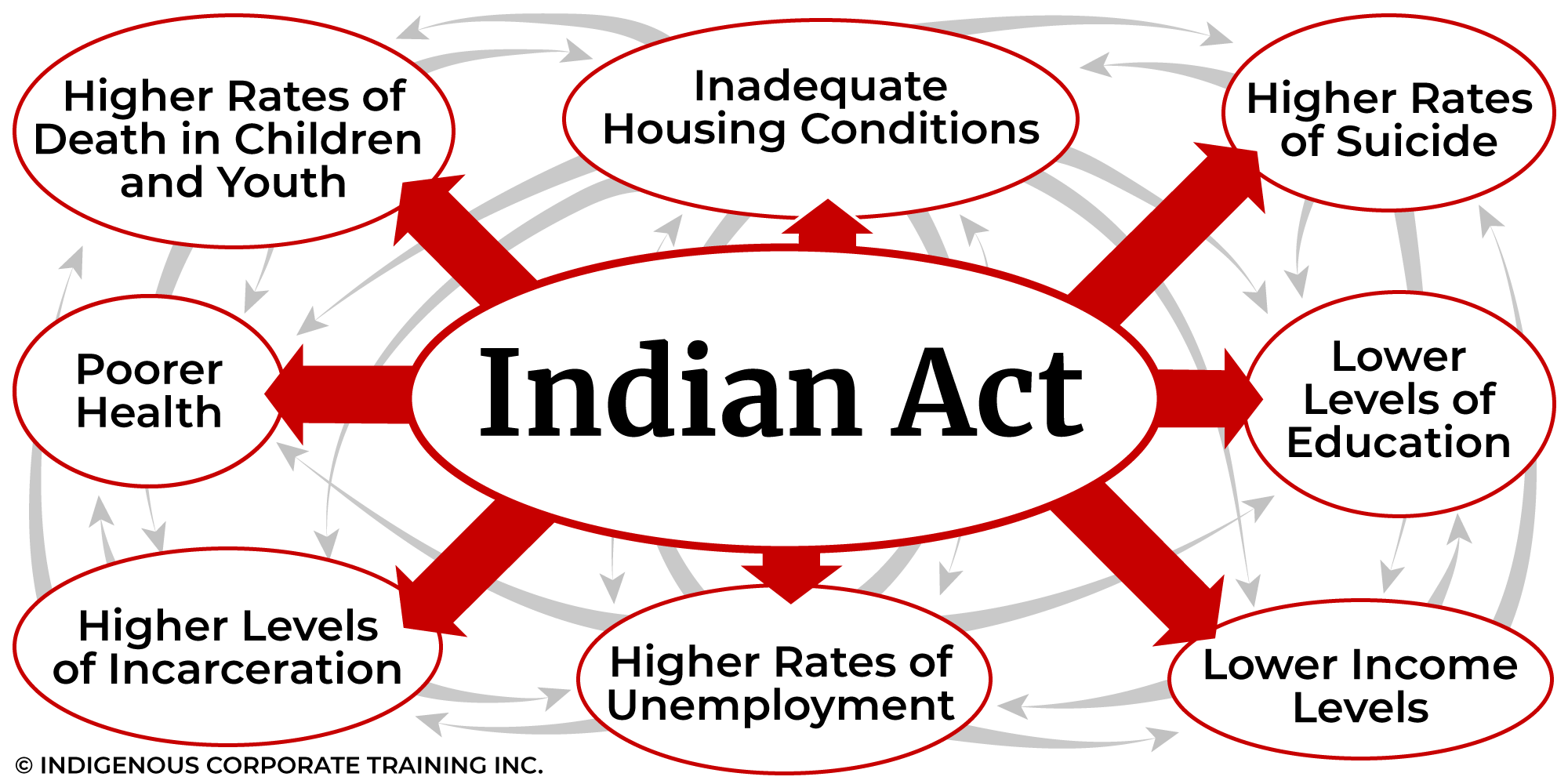
3 min read
Eight of the key issues of most significant concern for Indigenous Peoples in Canada are complex and inexorably intertwined - so much so that...

4 min read
If only we could understand how students make sense of their natural world, we could design a science curriculum so that science makes sense to all...

11 min read
The definition of “myth”, according to the Oxford Canadian Dictionary, is “a widely held but false notion.” When it comes to the topic of Indigenous...
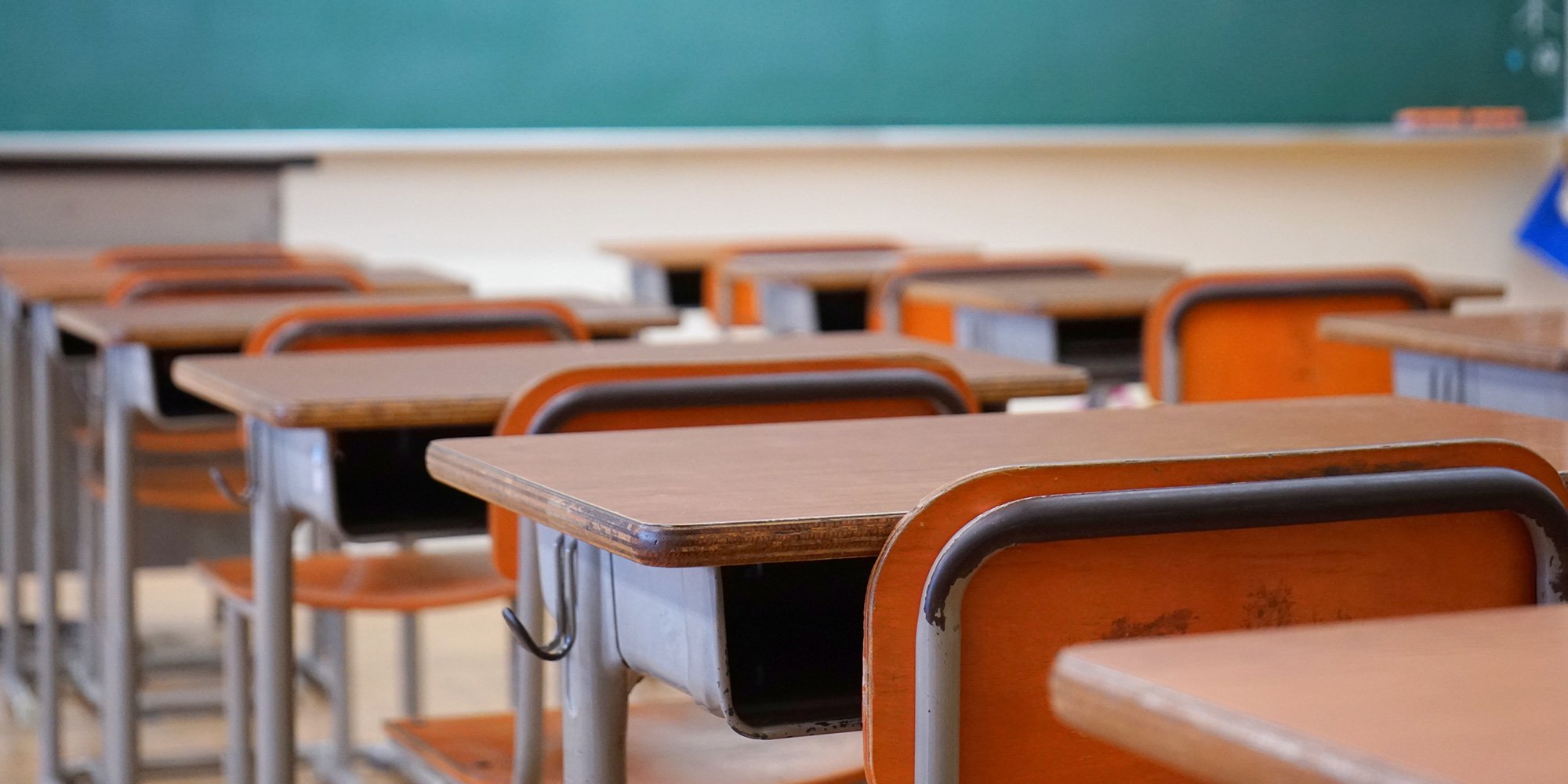
2 min read
Fern Perkins coordinates the Métis Education Enhancement Program for the Métis Nation of Greater Victoria and has taught Indigenous Education at...
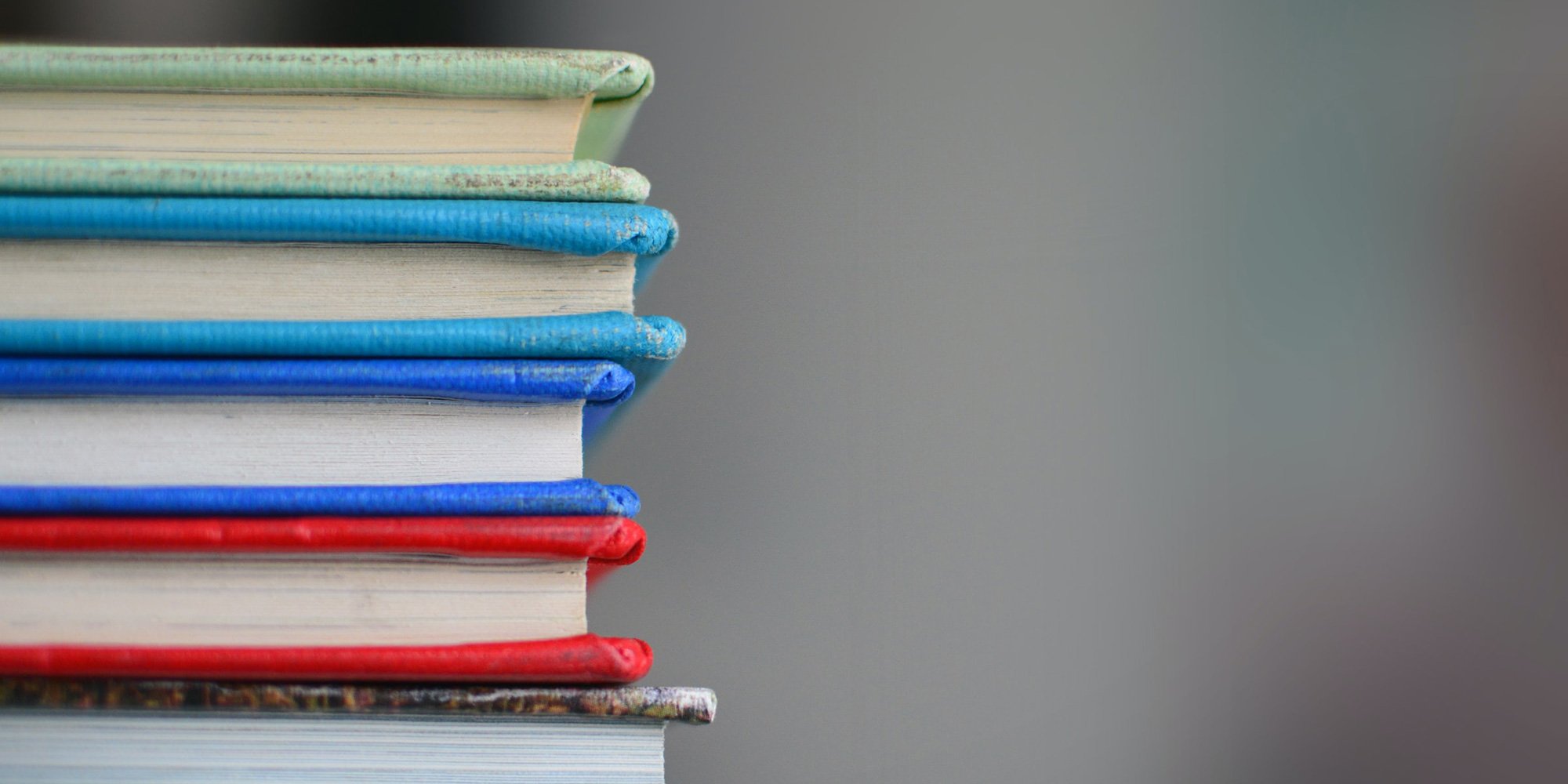
1 min read
The Truth and Reconciliation Commission of Canada (TRC) Report and Calls to Action in 2015 brought some hard facts about residential schools to the...

1 min read
Education for reconciliation We call upon the Council of Ministers of Education, Canada to maintain an annual commitment to Aboriginal education...
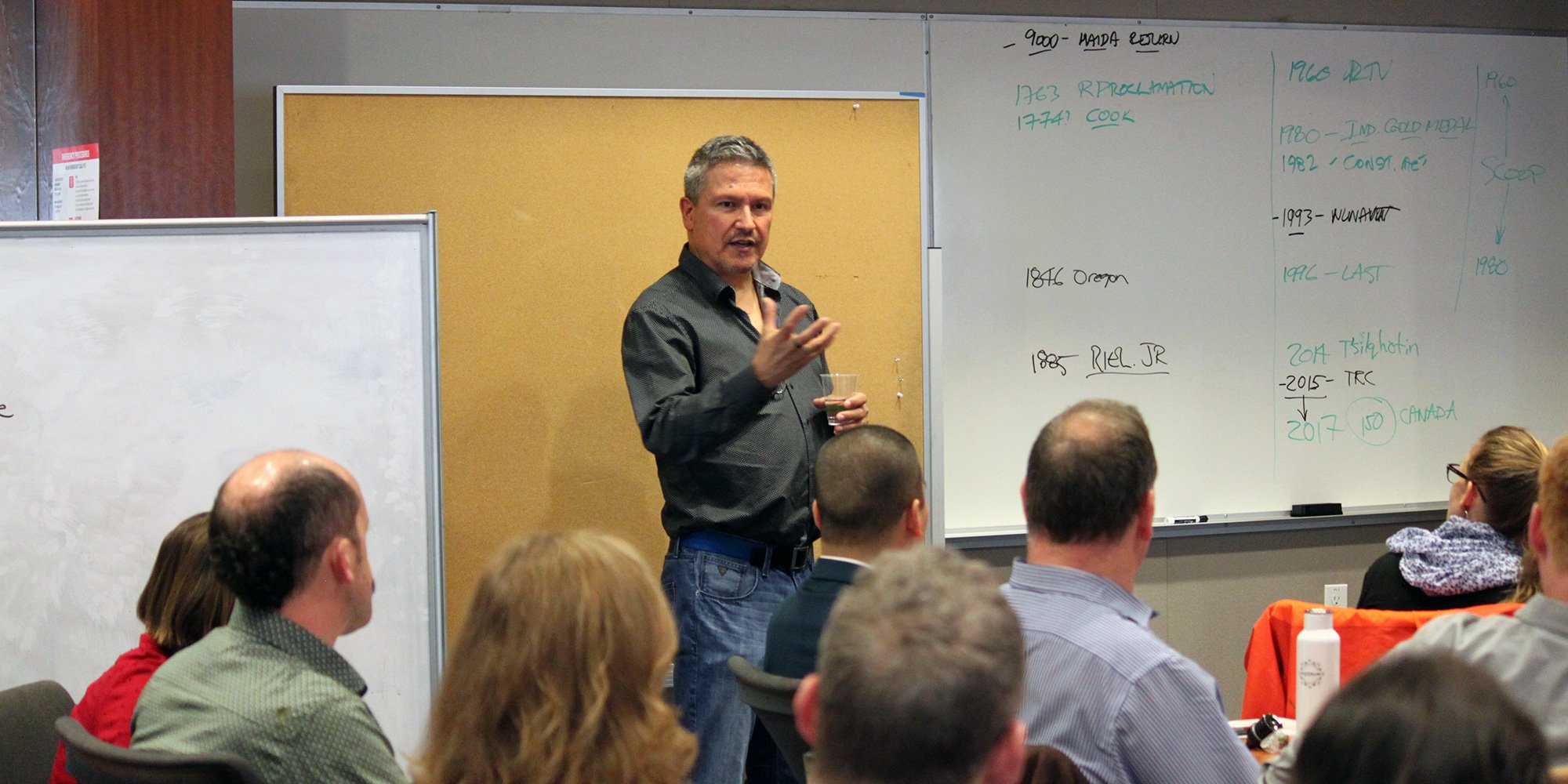
5 min read
The Truth and Reconciliation Commission’s 94 Calls-to-Action (CTAs) are galvanizing the government, corporate and private sectors in Canada to learn...